 Image via Wikipedia
Image via Wikipedia
Hummingbird Feeders - Your Guide To Get Hummingbirds Buzzing Around Your Backyard
By Ty Thomas
Hummingbirds are wonderfully unique birds to watch. They flutter, hover, dodge, dart and just simply seem to play. However, all that moving around burns a tremendous amount of energy and they need to feed frequently. They literally fly to eat and eat to fly!
What is the hummingbird feeder for? Most people don't realize that the main food of the hummingbird is insects, but they need the sugar rich nectar to provide them the energy to search for the insects, that is where we humans come in. Hummingbird feeders are usually filled with a mixture of 4 parts water to one part sugar. This mixture should be boiled to ensure all impurities are killed. Any excess can be refrigerated until needed. The mixture should be changed at least once a week and more frequently in very warm weather. In addition to changing the nectar, the feeder should be cleaned regularly. Since this is a sugar mixture, you are sure to attract many other nuisances you may not want to feed, such as bees, ants, and even bats.
All sugars are not created equal, at least that is what the hummingbirds say. When given the choice, hummingbirds prefer artificial nectar made from cane sugar rather than beet sugars. If you are not attracting them, check and make sure the sugar you are using is cane.
Ever have a problem with your feeder being full at night when you go to bed, but empty in the morning? You may think you have a sneaky neighbor taking all your nectar, but it is most likely due to bats. Bats also love the sweet nectar and can drain your feeders overnight. One strategy to keep bats out is to find bee covers for your feeder ports. The bat tongue is much larger and cannot get through the bee covers. Then again, maybe you want to feed the bats also, they eat huge amounts of insects
every night, however, that's another story.
Red is very attractive to hummingbirds, so your feeder should have some red in it. Please do not use red food coloring in your homemade food. To color a sugar mixture, find a bird friendly coloring at your local birding store.
Keeping desirable flowers in your garden near the feeder is also helpful in getting those little guys to frequent your feeders. Flowering plants like Columbine, Begonias and Holly Hocks, as well as Fuchsias, Coral Bells and Lantana will definitely increase your chances. Impatiens, Penstemen, and Petunias along with Geraniums and Flowering Tobacco are also favorites of hummingbirds. There are many other types of flowers hummingbirds will frequent.
Be careful putting multiple feeders too close together! Hummingbirds are very territorial and will defend their "turf", sometimes to the death. Another safety tip is to keep your feeders several feet away from windows and dense cover, like large bushes. If you are having problems with hummingbirds (or any other kind) running into your windows, take a look from their perspective and see if you can see a reflection of the sky, or another window on the other side of the house that looks like a passageway. Large bushes can hide predators, like your neighbors cat, that may try and attack the birds.
The best time to start putting out feeders is when the weather starts to warm up. Yes, this is a little vague, but hey, these guys aren't on a schedule. Since they are migratory birds, you will have a good chance of getting them to hang around if you get your food out early, while they are migrating through the area.
I hope you are able to enjoy this little wonders for a long time to come, they truly are wonderous birds.















![Reblog this post [with Zemanta]](http://img.zemanta.com/reblog_e.png?x-id=e86af752-ffee-4e3f-8e34-721480c8b960)
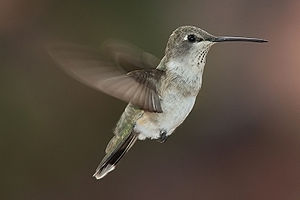
![Reblog this post [with Zemanta]](http://img.zemanta.com/reblog_e.png?x-id=8ac2a9cb-c05d-492f-8d7a-dee7804dbe7c)

![Reblog this post [with Zemanta]](http://img.zemanta.com/reblog_e.png?x-id=c4dcf532-c328-409b-952e-6d024c2c9498)
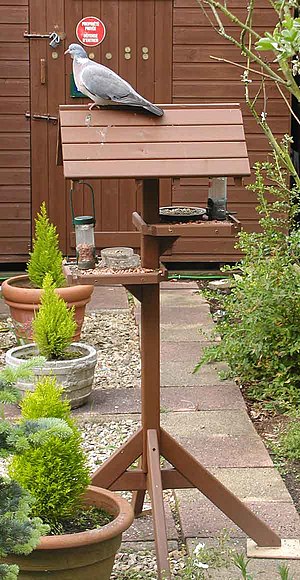
![Reblog this post [with Zemanta]](http://img.zemanta.com/reblog_e.png?x-id=a6ca56f9-87a9-4403-8678-7bc0012ed6c9)

![Reblog this post [with Zemanta]](http://img.zemanta.com/reblog_e.png?x-id=2e6ea23d-3cae-4ea9-8dc5-b5b3c7fb8cc3)

![Reblog this post [with Zemanta]](http://img.zemanta.com/reblog_e.png?x-id=37ef860a-6221-43d0-a034-91daec499068)

![Reblog this post [with Zemanta]](http://img.zemanta.com/reblog_e.png?x-id=73b57244-ea25-4e7a-bca1-4d9c7f7d0937)

![Reblog this post [with Zemanta]](http://img.zemanta.com/reblog_e.png?x-id=758de4b6-aa9f-43cb-abc8-48e00d2eb1c5)
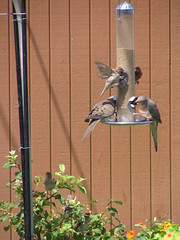
![Reblog this post [with Zemanta]](http://img.zemanta.com/reblog_e.png?x-id=fc773d7c-bfe3-41bf-addf-846d76709179)
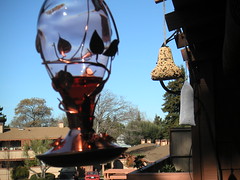
![Reblog this post [with Zemanta]](http://img.zemanta.com/reblog_e.png?x-id=0bc9521c-9978-4d94-b419-3dfd05bb2e2a)

![Reblog this post [with Zemanta]](http://img.zemanta.com/reblog_e.png?x-id=24f266d1-73cf-4ef1-a0c9-26ac0f9027b1)
![Reblog this post [with Zemanta]](http://img.zemanta.com/reblog_e.png?x-id=e3746818-8c3e-4a63-9578-4f39dd90c5e9)
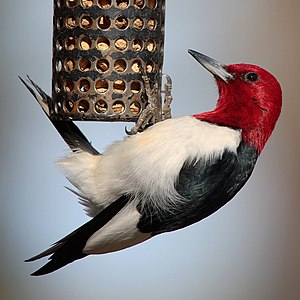
![Reblog this post [with Zemanta]](http://img.zemanta.com/reblog_e.png?x-id=8eea3cb7-9ddf-4983-a295-6705a2a4b664)
![Reblog this post [with Zemanta]](http://img.zemanta.com/reblog_e.png?x-id=b6cad5e8-995e-4acf-bf54-0a51d039487d)
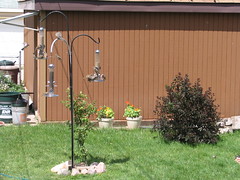
![Reblog this post [with Zemanta]](http://img.zemanta.com/reblog_e.png?x-id=65b1c88e-92d1-4a26-9f9d-f0f1d2d94b33)